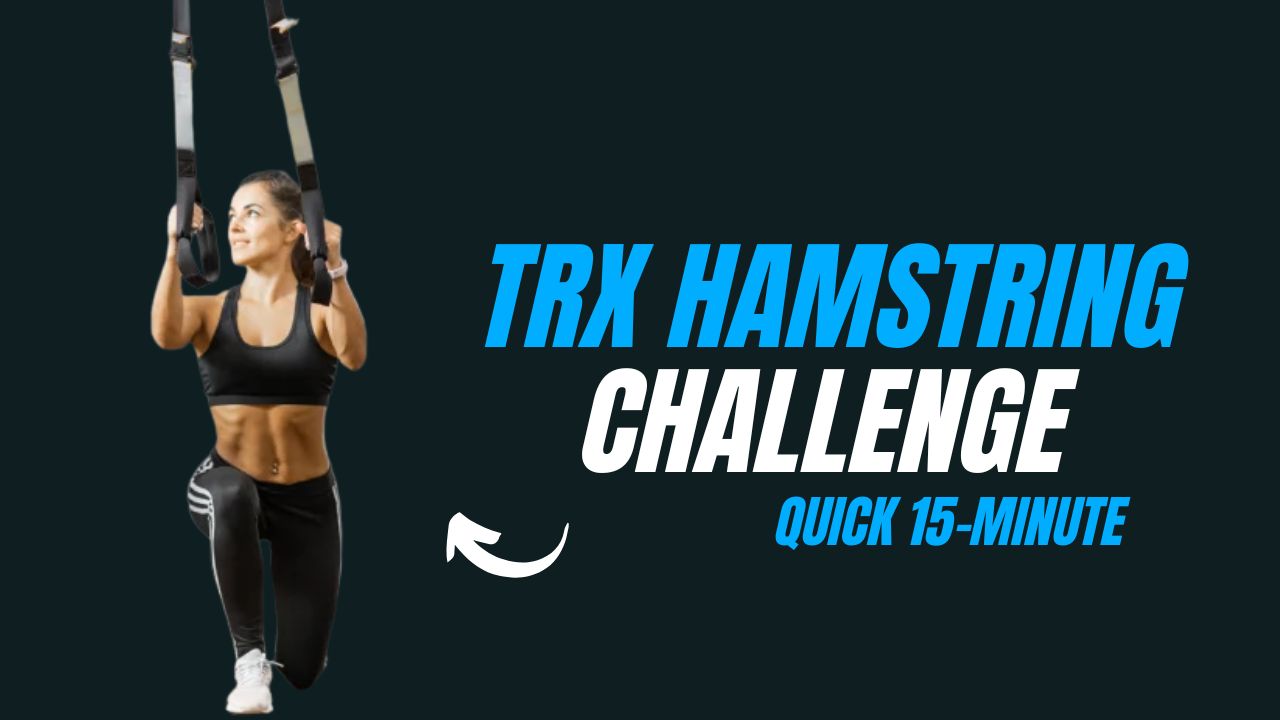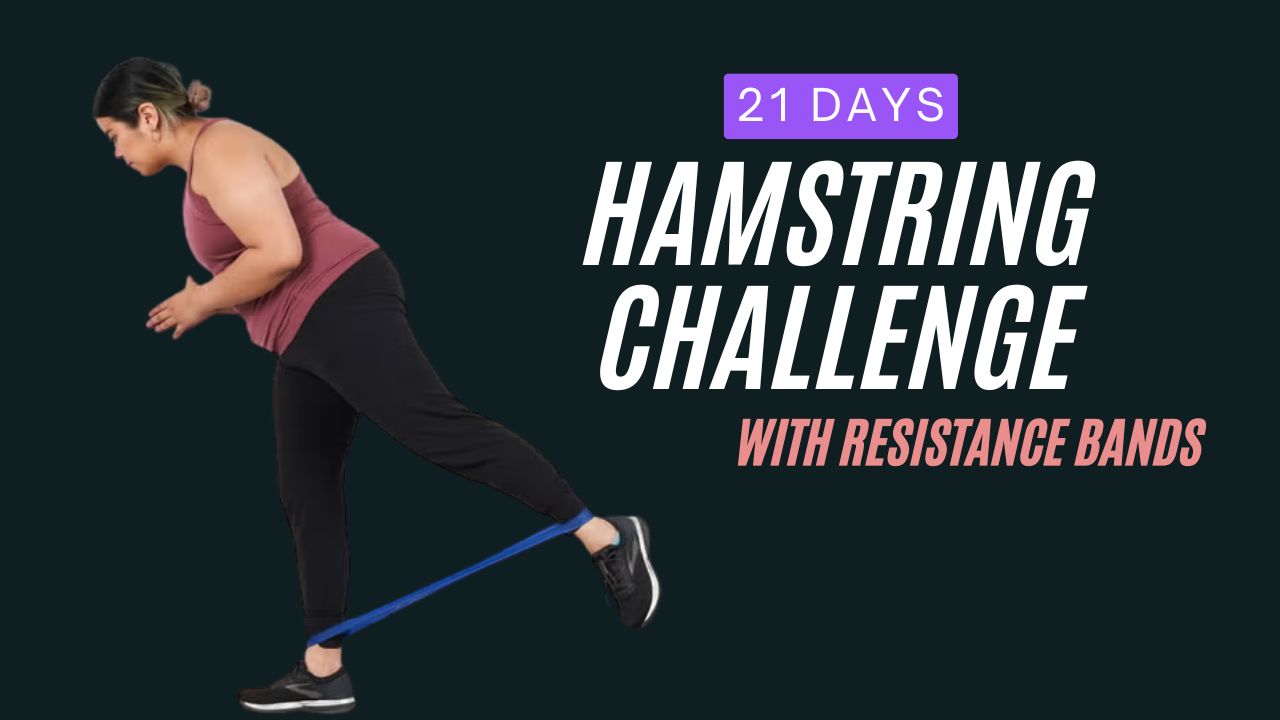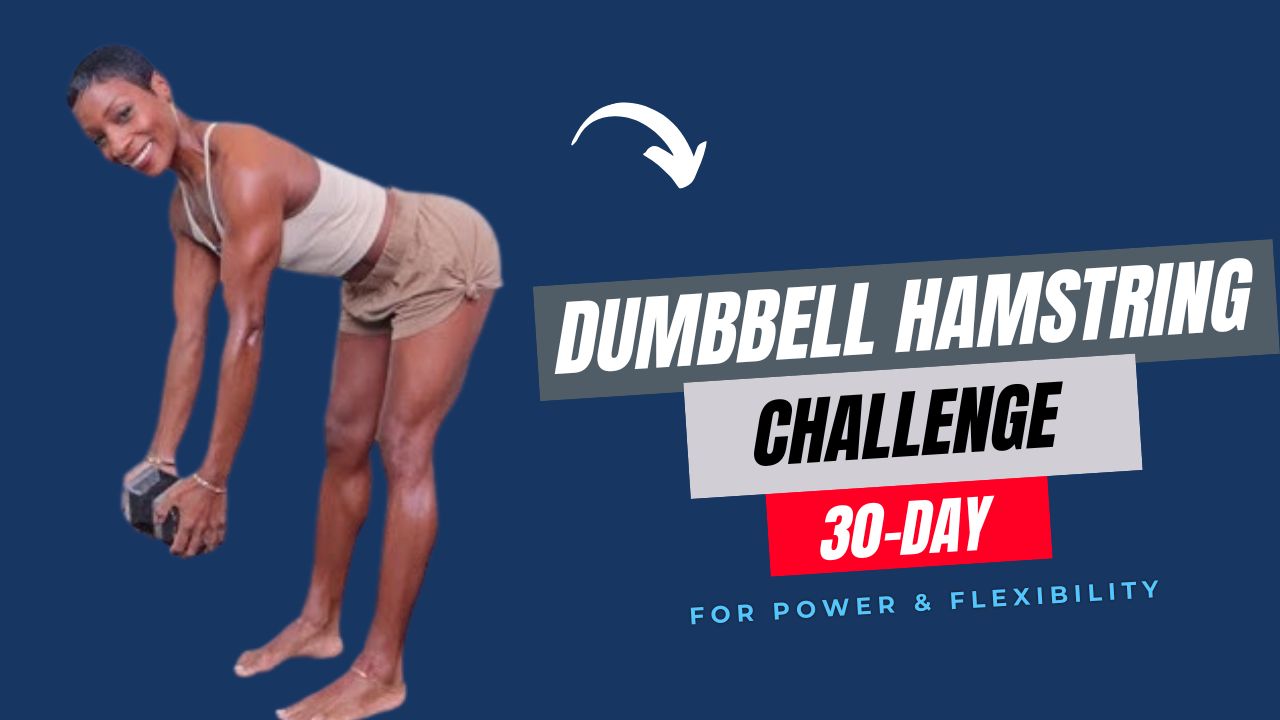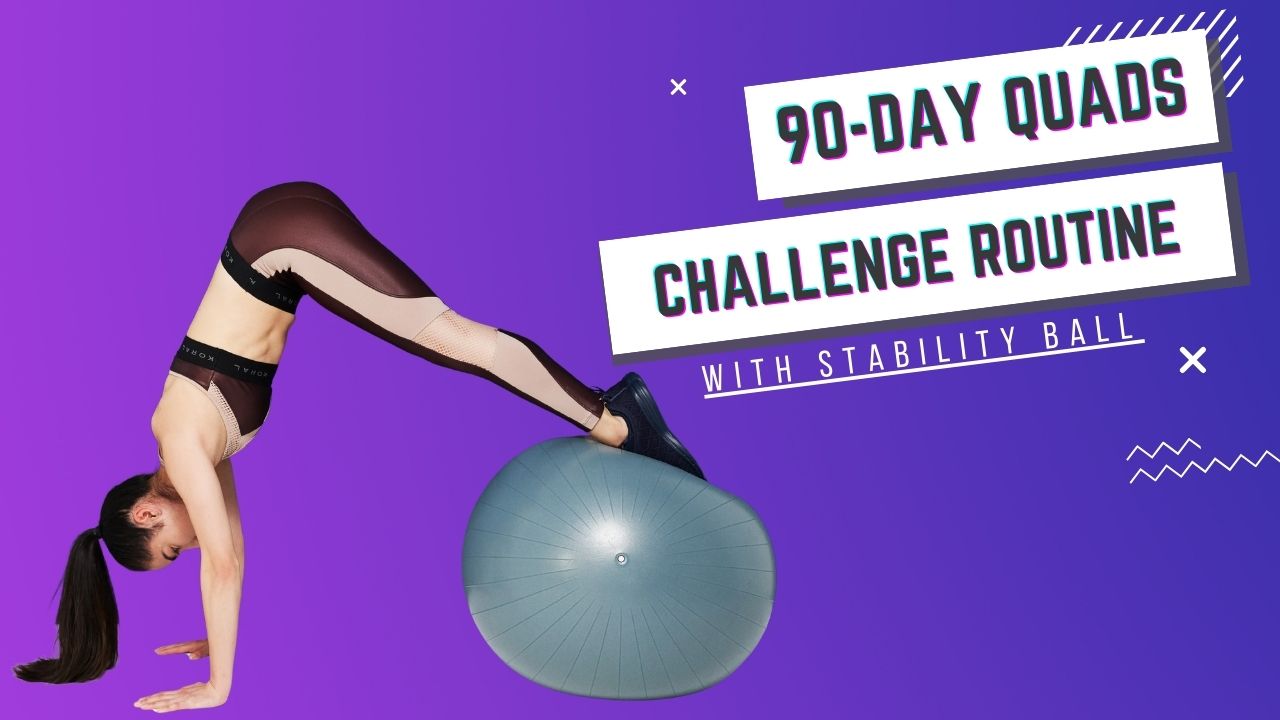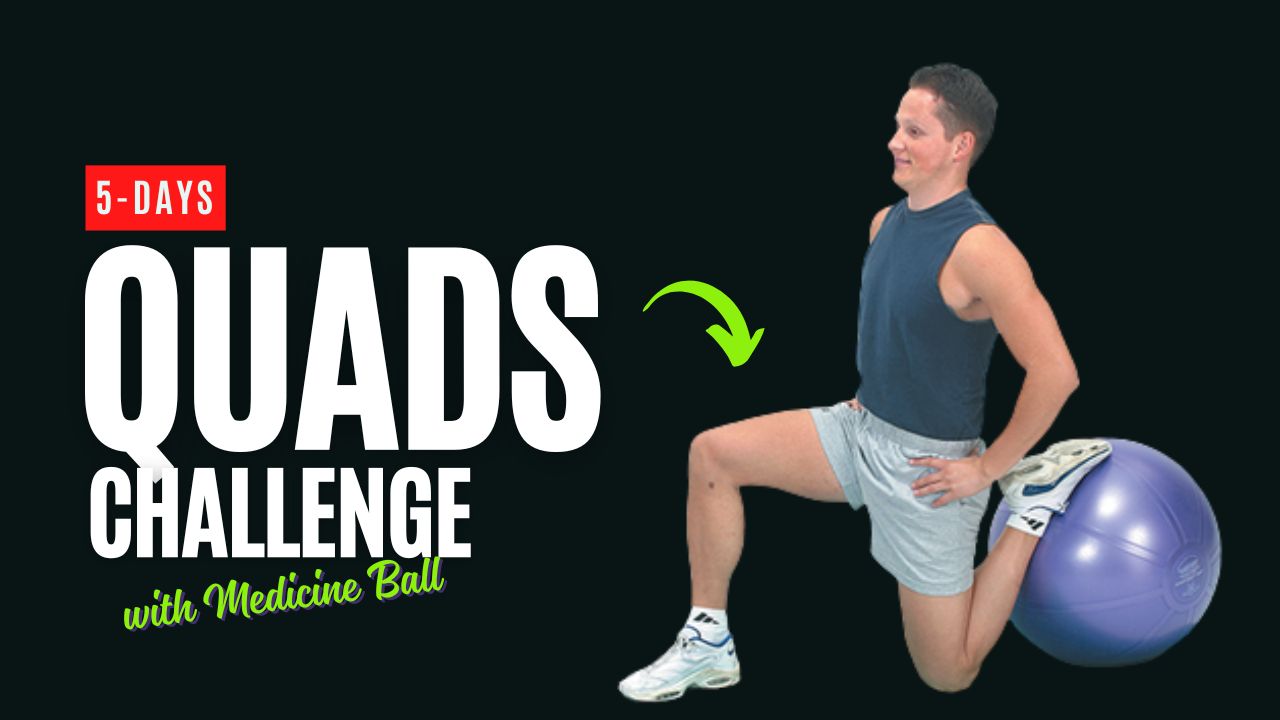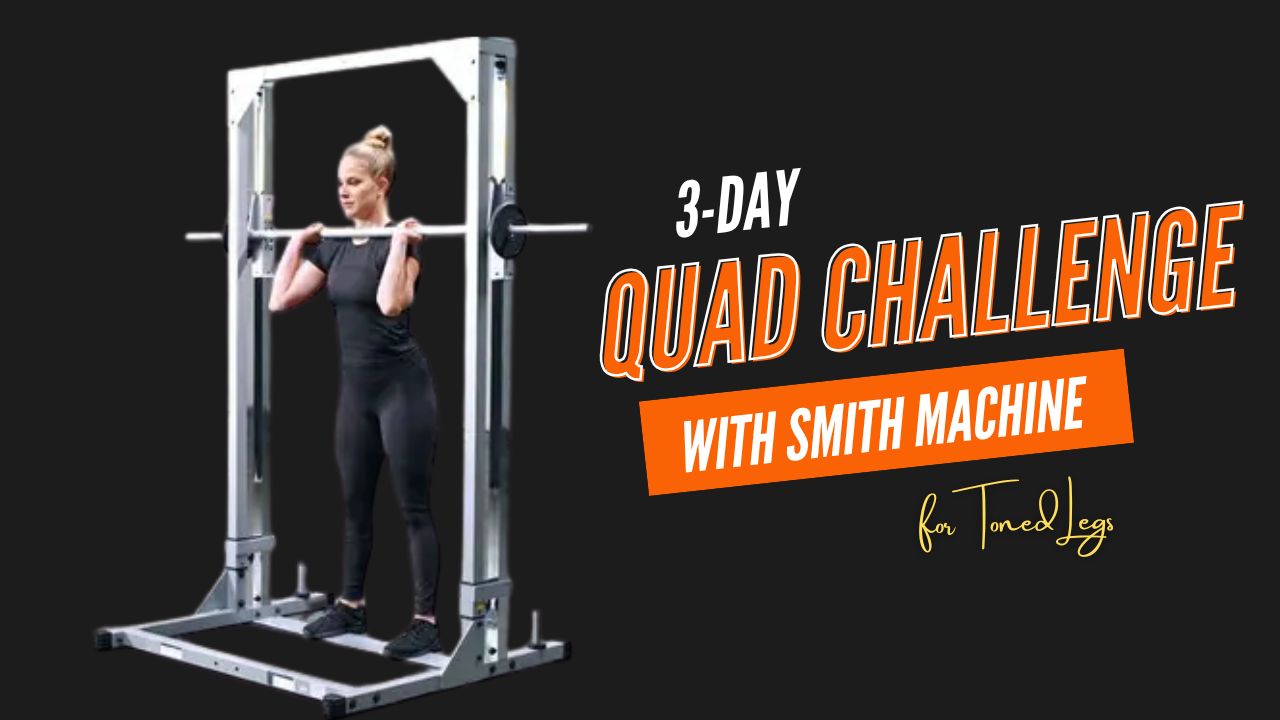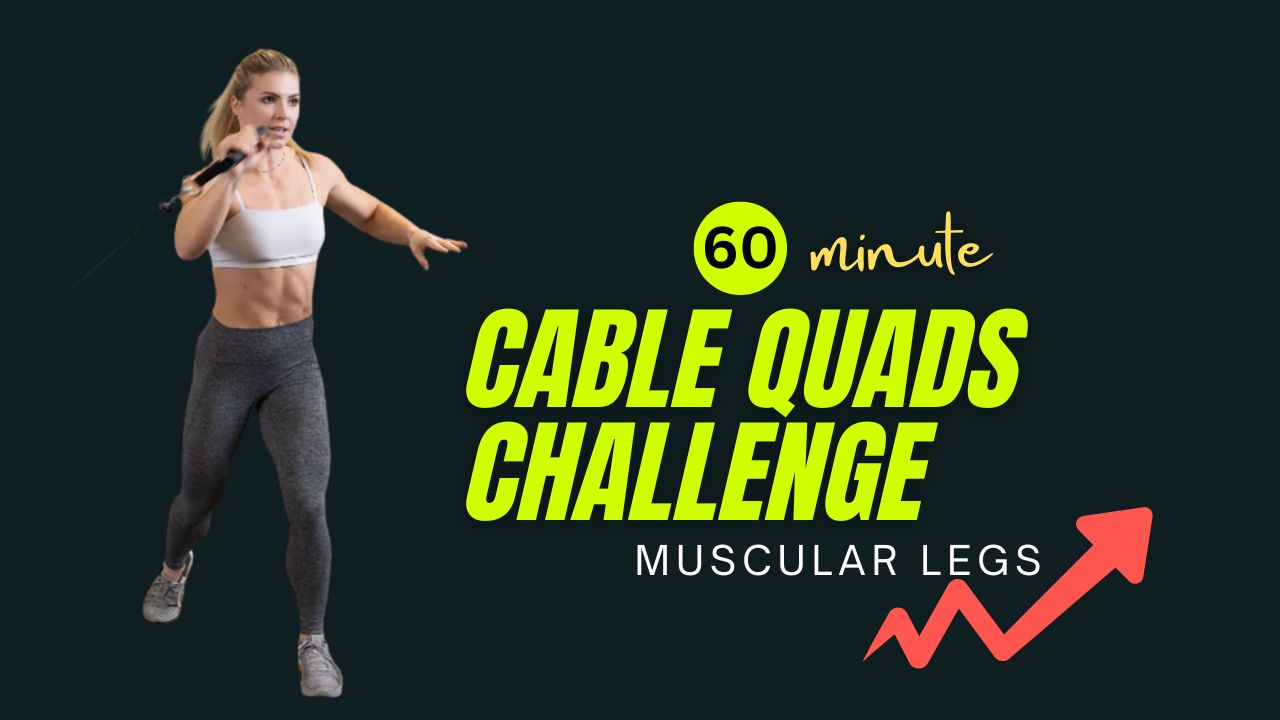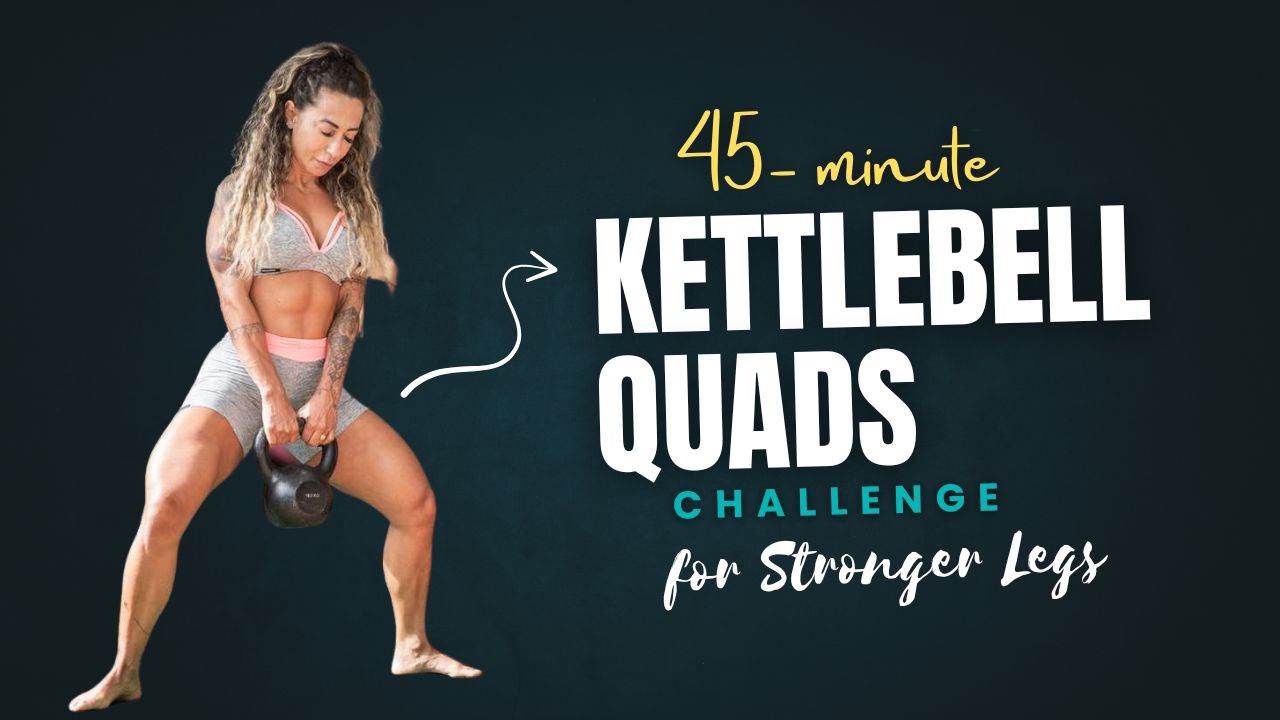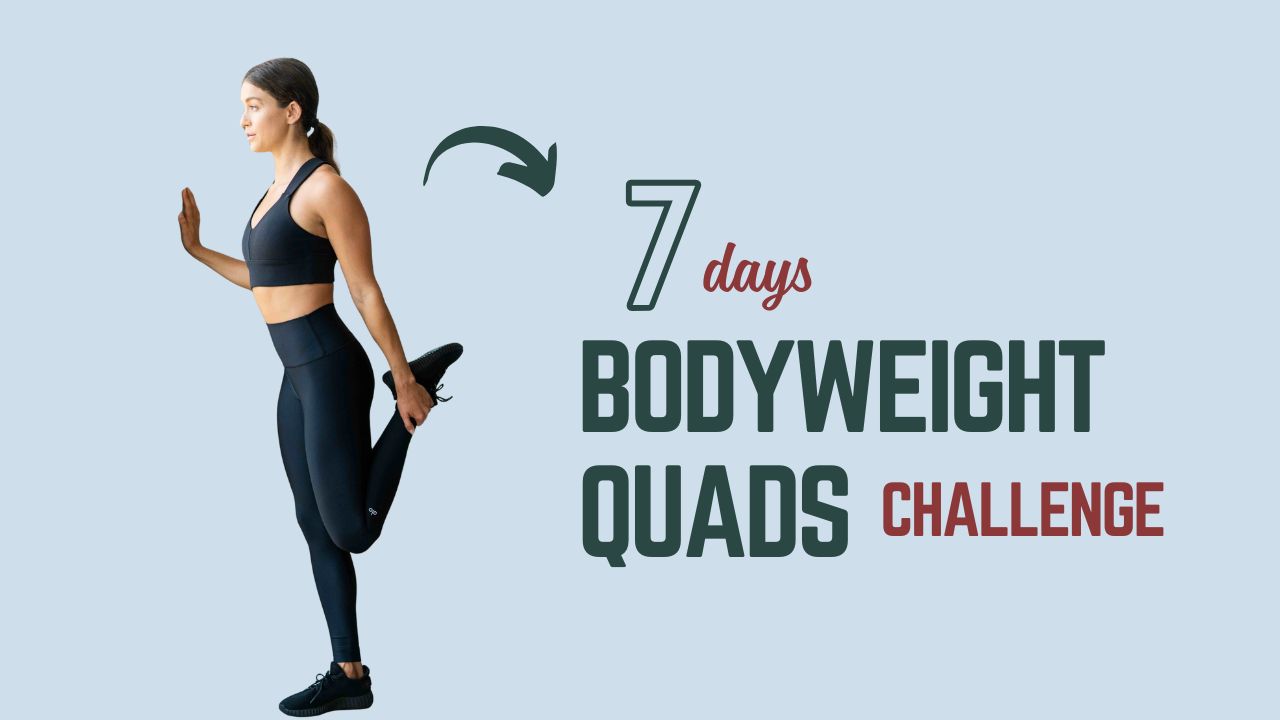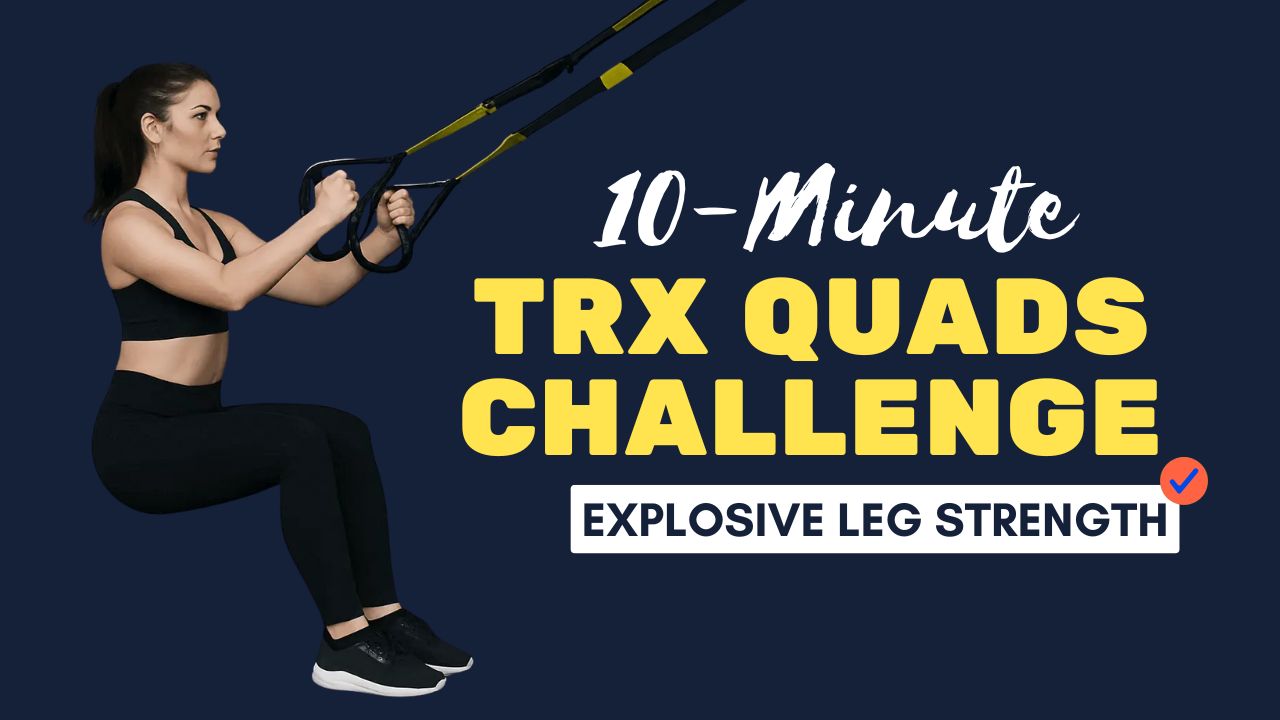When was the last time you truly challenged your core beyond simple crunches and sit-ups? Many people believe that endless reps of traditional ab exercises are the secret to sculpted abs, but the truth is—your core thrives on variety, resistance, and progressive overload. This is where kettlebells come into play.
The 60-Minute Kettlebell Ab Shredder Challenge isn’t just about building six-pack abs. It’s designed to strengthen the entire core: rectus abdominis, obliques, transverse abdominis, and even the deep stabilizers that protect your spine.
By integrating kettlebells, you’ll not only shred fat and build definition but also improve balance, posture, and athletic performance.
Did you know?
Your core is involved in nearly every movement you perform—walking, standing up, lifting groceries, even breathing deeply. A weak core increases your risk of injuries, back pain, and reduced power in sports and workouts. That’s why training it with functional tools like kettlebells provides superior results compared to bodyweight exercises alone.
In this guide, we’ll break down each exercise with a description and a step-by-step “how to”, followed by the complete 60-minute challenge routine in both list and table format.
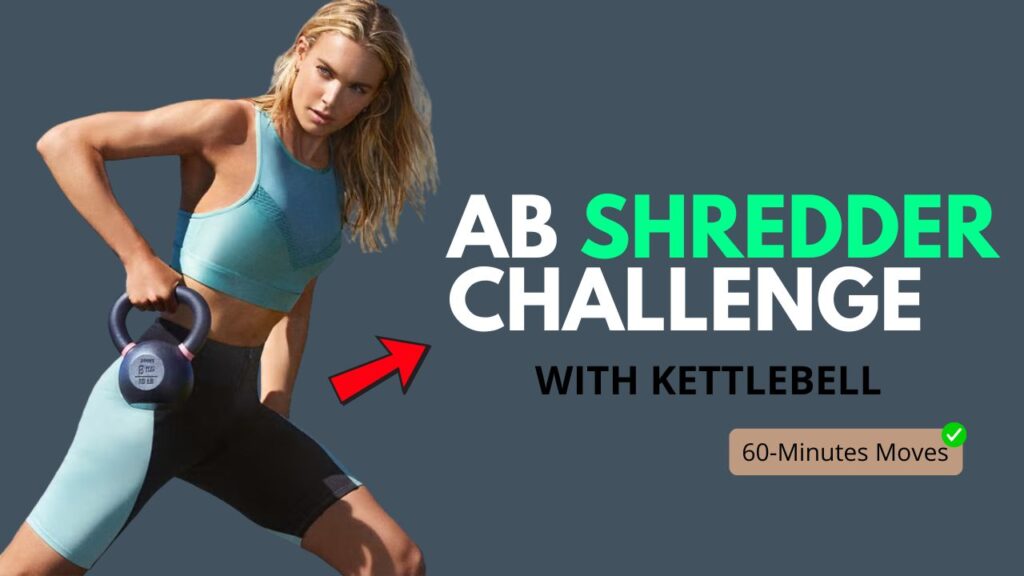
Table of Contents
Why Choose Kettlebells for Ab Training?
Before diving into the exercises, let’s clear up a few myths:
- Myth 1: Crunches are enough to build abs.
Crunches only target one part of your core. Real strength and definition require movements that challenge stability, rotation, and resistance. - Myth 2: Heavy weights are bad for your abs.
The core thrives under load. Controlled kettlebell movements strengthen muscles while protecting your spine. - Myth 3: Abs are built only in the gym.
Abs are revealed through a mix of strength training, cardio, and proper nutrition. This challenge gives you the strength-building side of the equation.
Kettlebells are unique because they:
- Demand stability due to their off-center weight distribution.
- Engage multiple muscle groups, making every rep more efficient.
- Provide both strength and cardio benefits.
What Can Happen After 30 Days of This Challenge
| Positive Outcomes | Possible Challenges |
|---|---|
| Noticeable improvement in core strength and stability. | Initial muscle soreness or fatigue may continue as your body adapts. |
| Increased muscle definition around abs and obliques. | Results may vary depending on diet and overall lifestyle. |
| Better posture and balance from stronger stabilizers. | Risk of overuse injury if form is ignored or recovery is skipped. |
| Improved functional strength—daily tasks and sports feel easier. | May feel mentally challenging to maintain consistency. |
| Enhanced endurance and ability to hold planks, carries, and dynamic moves longer. | Progress might plateau if you don’t increase intensity gradually. |
| Reduced risk of lower back pain thanks to stronger support muscles. | Overtraining without rest days can delay recovery. |
Do’s & Don’ts of the Kettlebell Ab Shredder Challenge
| Do’s | Don’ts |
|---|---|
| Warm up properly before starting to prepare muscles and joints. | Don’t skip warm-up—it increases risk of strains or injury. |
| Focus on form first before adding heavy kettlebells. | Don’t lift too heavy too soon—poor form leads to injury. |
| Engage your core throughout every rep for maximum benefit. | Don’t arch your lower back during exercises like dead bugs or sit-ups. |
| Progress gradually by increasing reps, sets, or kettlebell weight. | Don’t rush through movements—control is more important than speed. |
| Maintain steady breathing—exhale during effort, inhale during release. | Don’t hold your breath (this causes unnecessary strain). |
| Use a non-slip surface and quality kettlebells with secure handles. | Don’t train on unstable flooring—it increases chances of accidents. |
| Include rest, recovery, and stretching after the workout. | Don’t overtrain your abs daily—they need recovery like any muscle. |
The Kettlebell Ab Shredder Exercises
Here’s a breakdown of the exercises included in the challenge. Each section has a description followed by a how to perform guide.
1. Kettlebell Russian Twists
Description:
Russian Twists are a staple for oblique strength. Adding a kettlebell increases the rotational challenge and forces your core to resist momentum.
How to:
- Sit on the floor with knees bent and feet slightly lifted.
- Hold the kettlebell by the horns close to your chest.
- Lean back slightly, keeping your spine neutral.
- Rotate your torso to the right, bringing the kettlebell toward the floor.
- Return to center, then rotate left.
- Continue alternating sides with control.
2. Kettlebell Windmills
Description:
Windmills train the obliques, hip stabilizers, and shoulder stability while lengthening and strengthening the side body.
How to:
- Stand with feet slightly wider than hip-width.
- Hold a kettlebell overhead with your right arm.
- Keep your eyes on the kettlebell as you push hips to the left.
- Slowly lower your left hand toward your left foot.
- Pause briefly, then return to standing.
- Repeat for reps before switching sides.
3. Kettlebell Dead Bug
Description:
This anti-extension move strengthens the deep core stabilizers while resisting lower-back arching.
How to:
- Lie flat on your back with knees bent at 90 degrees.
- Hold a kettlebell with both hands extended over your chest.
- Slowly lower your right leg toward the ground while keeping the kettlebell steady overhead.
- Return to start, then alternate legs.
- Keep your lower back pressed into the floor at all times.
4. Kettlebell Side Plank Row
Description:
This combines isometric core activation with pulling strength, targeting the obliques and lats simultaneously.
How to:
- Begin in a side plank with your elbow under your shoulder.
- Place a kettlebell in front of you with your top hand.
- Row the kettlebell toward your ribcage while holding the plank.
- Slowly lower it back down.
- Perform all reps on one side before switching.
5. Kettlebell Turkish Get-Up
Description:
Known as the king of kettlebell movements, the Turkish Get-Up builds full-body stability while demanding continuous core engagement.
How to:
- Lie on your back holding a kettlebell in your right hand with arm extended.
- Bend your right knee, keeping left leg extended.
- Roll onto your left elbow, then your hand.
- Push hips off the ground, sliding your left leg back into a kneeling lunge.
- Stand up fully, kettlebell still overhead.
- Reverse each step carefully to return to the floor.
6. Kettlebell Figure-8
Description:
A dynamic movement that engages the abs, hips, and grip strength while improving coordination.
How to:
- Stand with feet shoulder-width apart.
- Hold a kettlebell in your right hand.
- Pass it between your legs to your left hand, moving in a figure-8 motion.
- Keep your core braced and chest tall throughout.
7. Kettlebell Overhead Sit-Up
Description:
Traditional sit-ups get an upgrade with kettlebells, increasing resistance and requiring greater control.
How to:
- Lie flat with knees bent.
- Hold a kettlebell by the horns close to your chest (or extended overhead for advanced).
- Sit up slowly, keeping the kettlebell stable.
- Lower back down with control.
8. Kettlebell Suitcase Carries
Description:
A loaded carry that forces your core to resist lateral bending, building rock-solid obliques and stability.
How to:
- Hold a heavy kettlebell in one hand at your side.
- Walk forward for a set distance, keeping torso upright.
- Switch hands and repeat.
9. Kettlebell Halo
Description:
Great for mobility and core stability, the Halo targets shoulders and obliques while forcing rotational control.
How to:
- Hold a kettlebell upside down by the horns.
- Circle it around your head, keeping elbows close.
- Move in one direction for reps, then switch directions.
10. Kettlebell Mountain Climbers
Description:
An intense finisher combining cardio and core strength, with kettlebells elevating your hands for added range.
How to:
- Place two kettlebells on the floor shoulder-width apart.
- Grip the handles and get into a plank position.
- Drive one knee toward your chest, then switch quickly.
- Keep core tight and hips low.
The 60-Minute Kettlebell Ab Shredder Challenge
Now that you know the exercises, here’s the full breakdown of the challenge. Perform each movement with proper form, resting only as needed.
Routine (Row Format):
- Warm-Up (5 minutes): Light kettlebell swings, dynamic stretches.
- Russian Twists – 3 sets x 20 reps (10 each side)
- Windmills – 3 sets x 10 reps per side
- Dead Bug – 3 sets x 12 reps (each side)
- Side Plank Row – 3 sets x 10 reps per side
- Turkish Get-Up – 3 sets x 5 reps per side
- Figure-8 – 3 sets x 15 reps
- Overhead Sit-Up – 3 sets x 12 reps
- Suitcase Carries – 3 rounds x 30 seconds each side
- Halo – 3 sets x 10 reps each direction
- Mountain Climbers – 3 sets x 30 seconds
- Cool-Down (5 minutes): Stretching, deep breathing.
Routine (Table Format):
| Exercise | Sets | Reps/Time |
|---|---|---|
| Warm-Up (Swings + Mobility) | 1 | 5 min |
| Russian Twists | 3 | 20 reps |
| Windmills | 3 | 10 reps/side |
| Dead Bug | 3 | 12 reps/side |
| Side Plank Row | 3 | 10 reps/side |
| Turkish Get-Up | 3 | 5 reps/side |
| Figure-8 | 3 | 15 reps |
| Overhead Sit-Up | 3 | 12 reps |
| Suitcase Carries | 3 | 30 sec/side |
| Halo | 3 | 10 reps/direction |
| Mountain Climbers | 3 | 30 sec |
| Cool-Down (Stretching) | 1 | 5 min |
Final Thoughts
The 60-Minute Kettlebell Ab Shredder Challenge is more than just a workout—it’s a benchmark for strength, control, and endurance.
Unlike repetitive crunches, these kettlebell movements activate every layer of your core while engaging shoulders, hips, and stabilizers for a truly functional workout.
With consistency, you’ll notice improved posture, reduced risk of injuries, and visible muscle definition.
Challenge Continuation Idea:
Once you’ve mastered this 60-minute routine, don’t stop here. Try progressing in one of the following ways:
- Increase Intensity: Shorten your rest time between sets or add more rounds.
- Progressive Overload: Move up to a heavier kettlebell for specific exercises like suitcase carries or Turkish get-ups.
- Mix & Match: Replace one or two exercises with advanced core moves such as kettlebell snatches, overhead marches, or plank drags.
- Weekly Challenge Cycle: Do this ab shredder routine twice per week, pair it with a lower-body kettlebell session and an upper-body day, and you’ll have a full training split.
Think of this routine as a foundation. Each week, make small adjustments—more reps, heavier kettlebell, or faster pace. Over time, these micro-changes build up to macro-results. Your abs won’t just be defined—they’ll be powerful, functional, and ready for anything.
Frequently Asked Questions (FAQs)
Can beginners do the 60-Minute Kettlebell Ab Shredder Challenge?
Yes. Beginners can start with lighter kettlebells and fewer reps or sets. The key is to focus on proper form before progressing to heavier weights.
How often should I do this workout?
For best results, perform this routine 2–3 times per week, allowing at least one rest day in between to give your core muscles time to recover.
Will this workout alone give me six-pack abs?
Not on its own. Visible abs also depend on body fat percentage, which requires a combination of strength training, cardio, and proper nutrition. This workout will build strong abs, but diet plays a major role in definition.
How heavy should my kettlebell be?
Choose a weight that challenges you but still allows you to maintain good form. For most beginners, 8–12 kg (18–26 lbs) works well, while more experienced lifters may use 16–24 kg (35–53 lbs).
Do I need multiple kettlebells for this challenge?
Not necessarily. One medium-weight kettlebell can be used for most exercises, though having a heavier and a lighter option is ideal for variety.
Can this workout help with back pain?
Yes, when performed with correct form, kettlebell core training strengthens stabilizing muscles that reduce back pain. However, if you already have back issues, consult a healthcare professional before starting.
How long before I see results?
Most people notice improvements in core strength within 2–3 weeks. Visible definition often takes 4–8 weeks, depending on diet, consistency, and body fat levels.
Should I do extra cardio with this challenge?
Yes. Adding 20–30 minutes of cardio a few times a week can help reduce body fat and enhance ab definition, complementing the strength benefits of kettlebell training.
Can I combine this with other workouts?
Absolutely. Many athletes and fitness enthusiasts pair this challenge with full-body strength training, kettlebell circuits, or HIIT sessions for a complete fitness routine.
What should I eat after completing this workout?
Aim for a balanced meal or snack with protein and complex carbs (e.g., grilled chicken with quinoa, or a protein shake with fruit) to support muscle recovery and growth.
